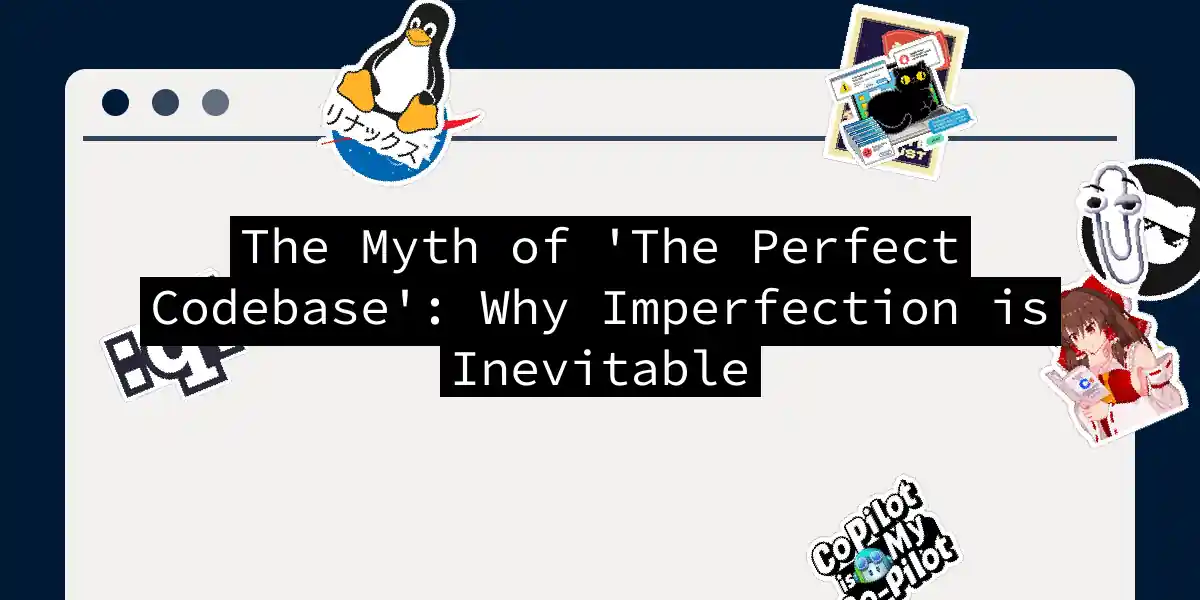
Аргументы против постоянного использования баз данных NoSQL
Когда речь заходит о выборе правильной базы данных для проекта, дебаты между базами данных NoSQL и SQL могут быть такими же жаркими, как споры о лучшей начинке для пиццы. Хотя базы данных NoSQL приобрели значительную популярность благодаря своей гибкости и масштабируемости, они не являются универсальным решением для всех задач хранения данных. Вот почему стоит дважды подумать, прежде чем переходить на сторону NoSQL. Проблемы безопасности Безопасность является главным приоритетом для любой базы данных, и здесь базы данных NoSQL часто оказываются уязвимыми....



